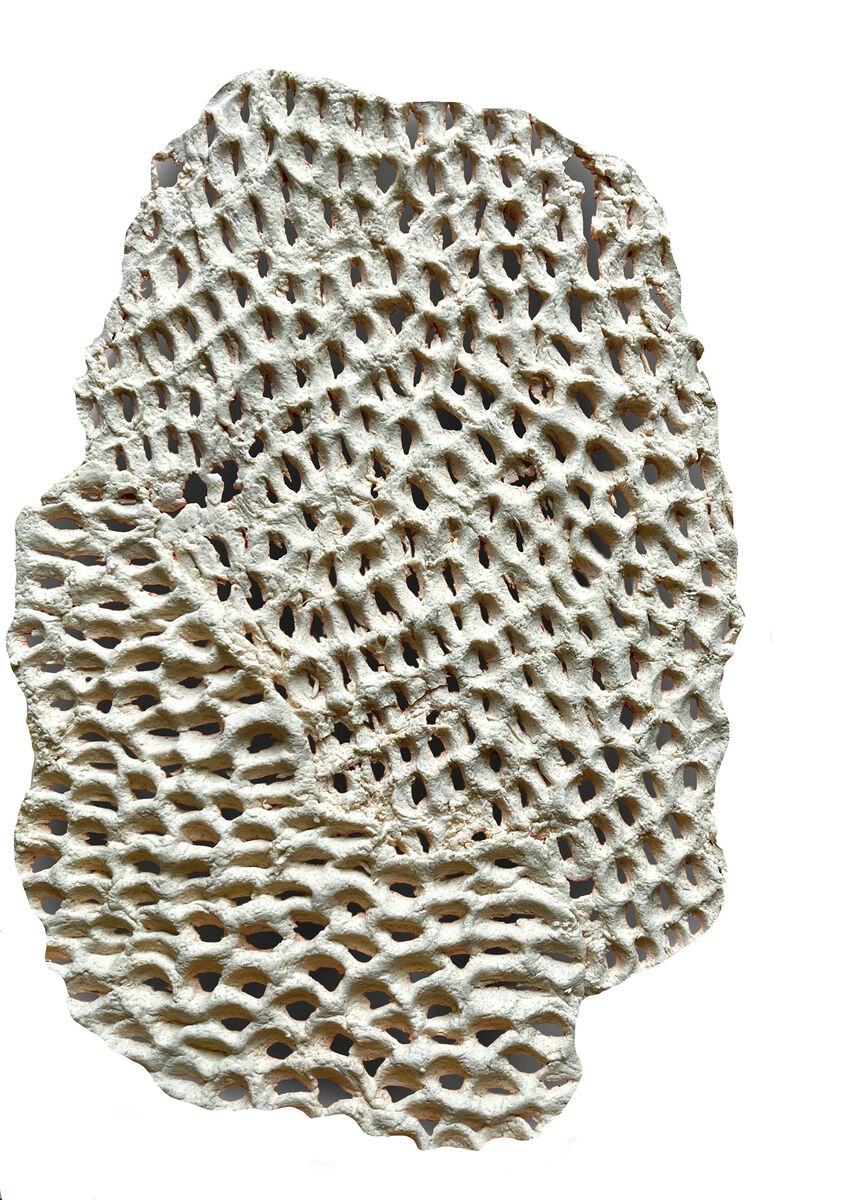Diversity
Despite their alien appearance, sponges (Porifera, ʻpore bearerʼ) belong to the animal kingdom, and are part of one of the earliest branches of the animal tree. There is a huge global biodiversity of Porifera, with at least 8,553 variations known to date. Their shapes vary not only between different species and genera, but also between individuals. What they all have in common is their internal organization: they have neither tissues nor organs, but specialized cells to carry out their vital functions. Flagella-bearing cells generate water currents in their canals and chambers that enable the sponge to filter food particles from the water—the only exception to which are carnivorous deep sea sponges, which capture small prey animals on their sticky surface. This type of cellular organization makes sponges highly adaptable to many kinds of environments. Porifera can be found in the oceans as well as in freshwater, from tropical waters to polar regions. An analysis of the growth rates and metabolism of a specimen of Anoxycalyx joubini, a sponge adapted to life in the Antarctic waters, came to the conclusion that it must be the oldest known living organism, with an age of up to 15,000 years.The sculptures were modelled in salt dough. They explore the broad diversity of surfaces and structures that can be found in sponges.
Sources: Van Soest, Rob et al., “Global Diversity of Sponges (Porifera)”, PLOS One, (2012).
Gatti, Susanne, “Die Rolle der Schwämme im hochantarktischen Kohlenstoff- und Silikatkreislauf - ein Modellierungsansatz”, Ber. Polarforsch. Meeresforsch, vol. 434, (2002).
